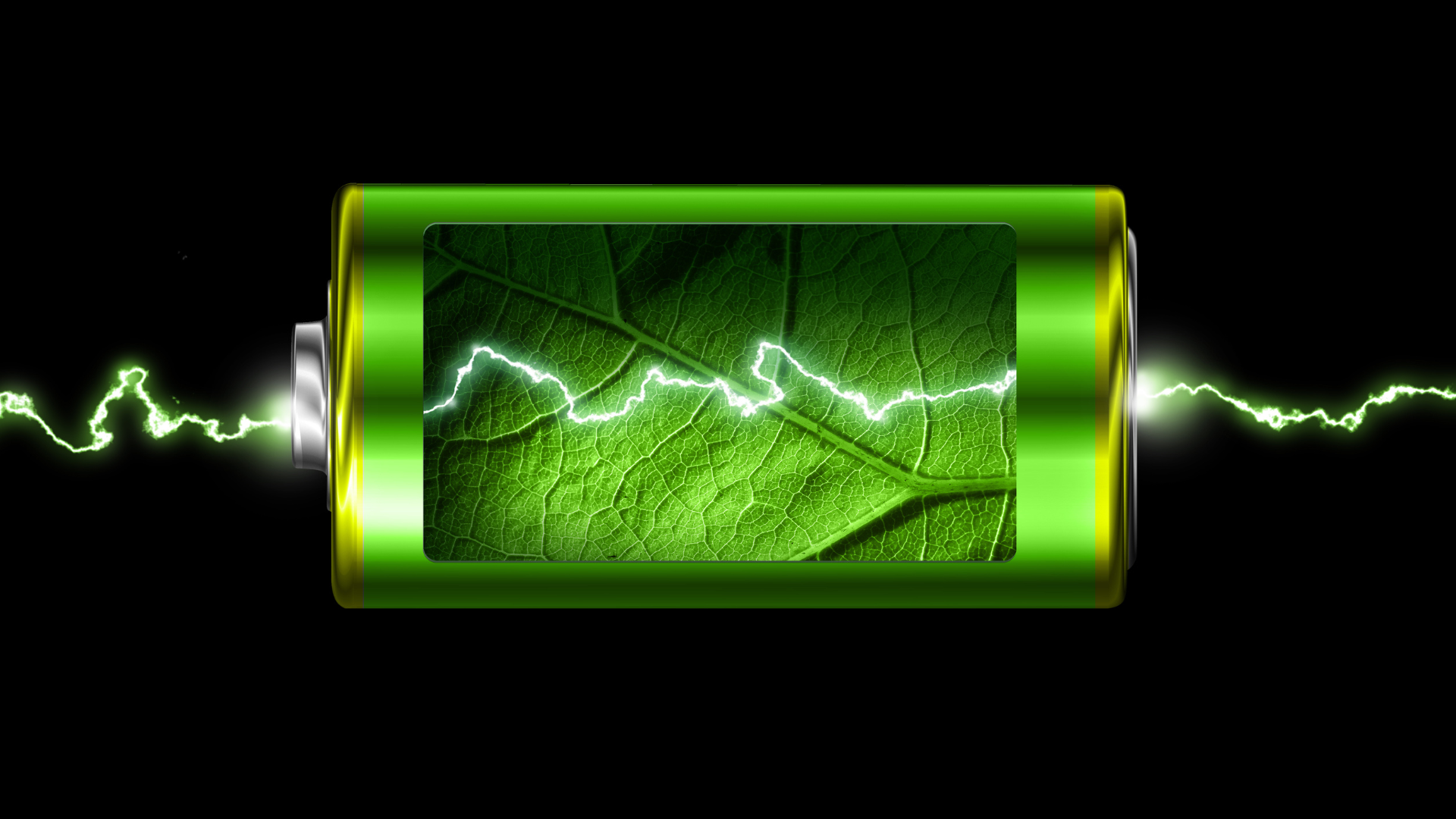· home energy storage · 5 min read
What is Energy Arbitrage?
Explore the strategy of energy arbitrage, where TOU rates and backup batteries combine to optimize home energy use, offering cost-effective solutions for managing electricity consumption.

As our electrical grid ages and struggles to meet modern energy demands, the importance of backup batteries has surged. These batteries are no longer just a convenience; they’re a lifeline in emergencies, a bolster to your home’s energy security, and a savvy financial investment in the era of Time-of-Use (TOU) rates. With TOU rates encouraging off-peak energy consumption, backup batteries also offer the opportunity for energy arbitrage—buying energy when it’s cheap and using or selling it when prices soar. And with the added benefit of tax incentives through the Residential Clean Energy Credit, there’s never been a better time to invest in a backup battery system.
Understanding Time-of-Use (TOU) Rates
The pressure on our energy grid has led utility providers to explore innovative solutions to balance demand and supply. Among these solutions are Demand Response programs and Time Variable Pricing (TVP) programs, designed to incentivize consumers to modify their energy consumption patterns. Time-of-Use (TOU) rates have emerged as the most popular choice within these programs.
Time-of-Use (TOU) rates are a dynamic pricing structure used by energy providers to charge different rates for electricity at various times of the day. This system reflects the fluctuating cost of electricity production and encourages consumers to shift their energy consumption to off-peak hours. By doing so, they help alleviate the strain on the grid and contribute to more efficient energy management.
Pairing TOU rates with backup batteries can be particularly beneficial, enabling energy arbitrage strategies that allow homeowners to buy electricity at low off-peak rates and use or sell it during high-cost peak hours.
The hours of demand differ across regions and time zones, but here’s how an average TOU rate plan might look.
Peak Demand Hours Example:
- Summer: (June-September) typically between noon and 6 p.m.
- Non-Summer: (October-May) typically between 6 a.m. and 9 a.m., and again between 5 p.m. and 9 p.m.
Want to know more about TOU rates and Demand Response Programs available to you? Check out the Department of Energy’s guide to see what programs your utility provider offers.
What is Energy Arbitrage?
With the expansion of the Residential Clean Energy Credit, making backup battery purchases more affordable, and the widespread adoption of Time-of-Use (TOU) rates, energy arbitrage has become an attractive option for many homeowners.
Energy arbitrage is the practice of buying electricity during off-peak hours when prices are low and storing it in a battery for use during peak hours when prices are high. Think of it as playing the stock market with energy, a strategy that can lead to significant savings on energy bills.
By charging a home battery system during off-peak hours and using it during peak demand times, homeowners can save on electricity bills, reduce their carbon footprint, and contribute to a more sustainable energy ecosystem. While the term “energy arbitrage” may sound complex, it’s actually a positive response to the strain on our grids. It’s about being rewarded for supporting the grid’s stability and easing the burden during its upgrade process.
Investing in a backup battery solely for energy arbitrage won’t be enough justification on its own. However, when you factor in the benefits of helping the grid, having backup power in case of blackouts, and complementing renewable energy sources like solar and wind, it becomes a valuable and responsible investment.
Navigating Energy Arbitrage for Homeowners
Understanding energy arbitrage is vital for homeowners looking to optimize their energy costs in the era of Time-of-Use (TOU) rates. To effectively leverage this strategy, consider the following steps:
- Assess Your Energy Usage: Familiarize yourself with your household’s energy consumption, particularly during peak hours.
- Understand TOU Rates: Review your energy provider’s TOU rates to identify the cost differences between peak and off-peak hours.
- Battery Capacity: Determine the appropriate battery capacity that suits your household’s energy needs during peak times.
- Potential Savings: The savings from energy arbitrage can be estimated by considering the rate differences and the amount of energy your battery system will offset during peak hours.
Though the exact savings will vary based on individual usage patterns and local rates, this approach provides a foundational understanding of how energy arbitrage can benefit your household financially and environmentally.
Conclusion
The evolving landscape of energy management presents both challenges and opportunities. With the advent of Time-of-Use rates and the expansion of the Residential Clean Energy Credit, homeowners are empowered to explore innovative solutions like backup batteries and energy arbitrage. From portable power stations to whole home backup systems, the options are diverse and accessible. By understanding the intricacies of TOU rates, energy arbitrage, and available incentives, you can make informed decisions that align with your energy needs, budget, and sustainability goals.